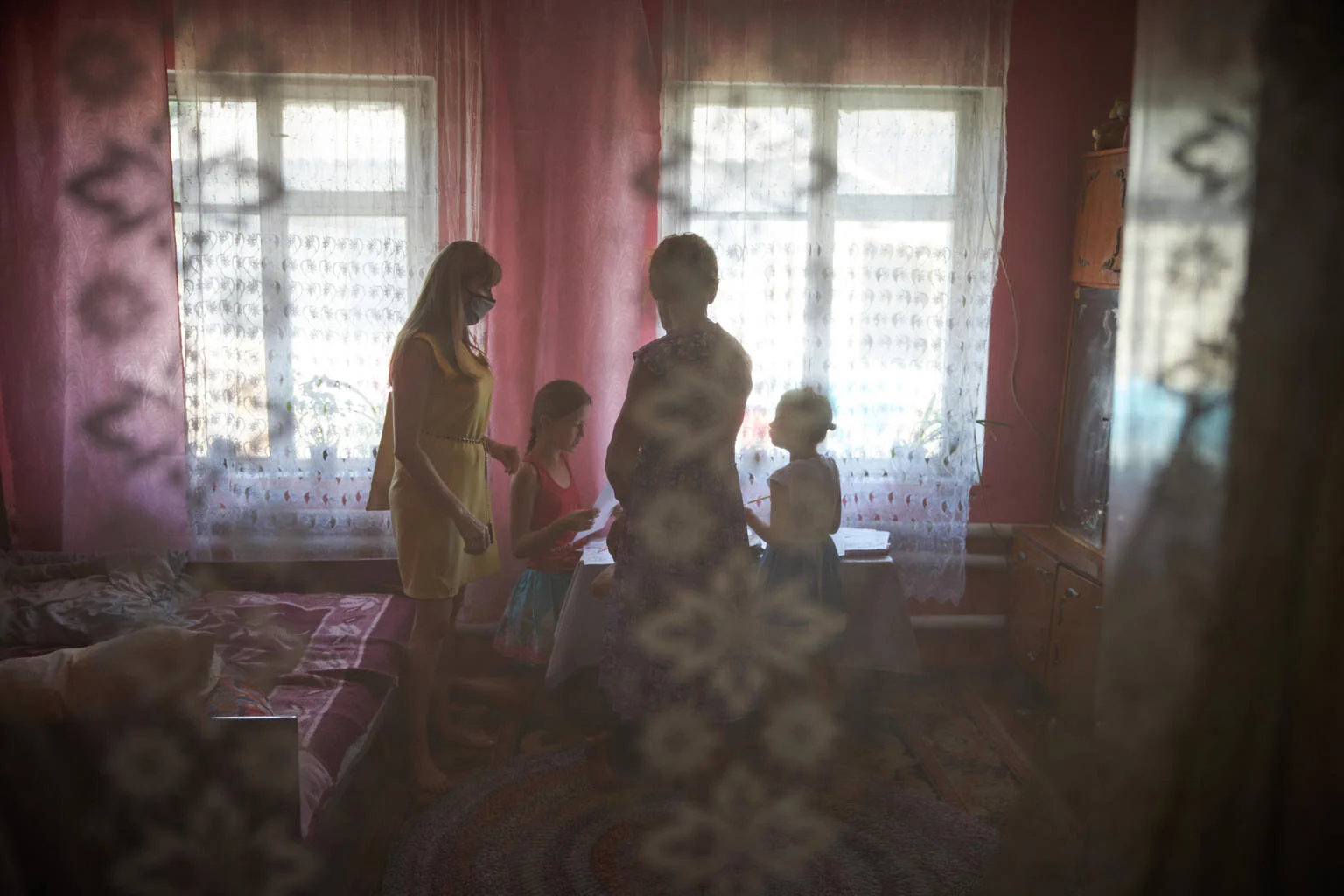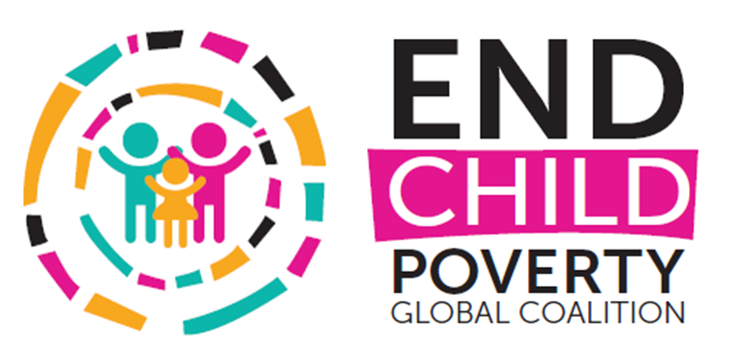
News
This webinar summarises the most common global estimates of child poverty in all its form, both multidimensionally and monetary. By providing an overview of different methodologies and data sources, it allows policymakers to better understand what data exist and how it can help to drive action in reducing child poverty.
The proposed side event at the Second World Summit for Social Development will spotlight these lessons and mobilize collective action among governments, multilateral agencies, and civil society to scale up cross-sectoral solutions and coordination to tackle and end child poverty.
On the occasion of the International Day for the Eradication of Poverty (IDEP) on October 17th this webinar will look at how child poverty links to children’s mental health and violence.
What Works to Reduce Child Poverty? Insights from Across the Globe
Background: Multidimensional child poverty has dropped from 1 billion to nearly XXX million in the last 10 years, thanks to improved incomes and better access to social protection, education, nutrition, water, and sanitation. In addition. Although more efforts are needed to reach the SDG targets, this progress shows that reducing child poverty is not impossible.
In its latest report, the Global Coalition to End Child Poverty highlight countries that have made notable progress in reducing child poverty—Bangladesh, Cambodia, Indonesia, Peru, Poland, Senegal, and Tanzania—and distills the key policies, programmes, and contextual drivers behind these gains to inform future child poverty reduction efforts globally.
This webinar will aim to:
Present the report and the latest multidimensional child poverty trends
Highlight country experiences on policies that helped reduce child poverty
Reaffirm the need to make child poverty a global priority again
In alignment with this year’s IDEP theme, the Global Coalition to End Child Poverty is organizing an online event which will focus on addressing shame and stigma within social protection programming, with a special emphasis on children and families.
This webinar will present the latest figures on child poverty in high-income countries as well as effective policies that have helped to reduce it, showcasing a few example countries.
This webinar aims to explore the profiles of children who have been pushed into poverty due to a crisis, specifically examining the impacts of the Covid-19 pandemic as well as the climate crisis. To achieve this, research from different country contexts will be showcased, including Bangladesh, Georgia, and Uganda.
This webinar aims to explore the linkages between climate change and child poverty and discuss policy options to protect children living in poverty and their families against climate risks.
The aim of this event organized by the Global Coalition to End Child Poverty on IDEP 2023 is i) to launch a Call-To-Action that calls on Governments, businesses and the international community to expand social protection and care systems and promote decent work for adults to address child poverty and ii) to show advances but also remaining gaps in related social protection and care policies across the world.
We are only 7 years away from the end of the 2030 Agenda. The global landscape has changed drastically since the launch of the SDGs - we have witnessed unprecedented crises, the climate emergency, the COVID-19 pandemic, increased conflicts, heightened food prices, and inflation, affecting primarily the most vulnerable, including children. It is therefore more than time to take stock of the child poverty related SDG indicators of ending extreme child poverty and halving multidimensional child poverty.
The objective of the webinar is to present the latest global child poverty trends, covering both monetary child poverty and multidimensional child poverty.
Blogs

In September, UNICEF and the World Bank shared new figures that are hard to ignore: 412 million children live in families struggling to survive on less than $3 a day. Earlier this year, we estimated that nearly 900 million children experience multidimensional poverty, facing deprivations in critical areas like education, health, nutrition, and basic living conditions.
Child poverty continues to be one of the urgent challenges of our time, with nearly 900 million children experiencing multidimensional poverty. To achieve the Sustainable Development Goal (SDG) targets of halving multidimensional child poverty and ending extreme monetary poverty among households with children by 2030, extraordinary and coordinated efforts are essential. But what concrete strategies have actually worked?
Girls, boys, women and men experience poverty differently. When we group their experiences together, we lose sight of the specific impacts of poverty based on age and gender. A gap in reliable detailed data on the specific needs of different populations makes it challenging to design effective policies, such as social protection programmes.
A new policy brief from UNICEF’s East and Southern Africa office finds that countries allocate under 10% of government spending to social protection, almost half the average for low-and middle-income countries. This means that social protection spending equates to just over 2 USD per person per month. Furthermore, children receive only a quarter of the region’s total social protection spending, with only one in 7 children aged under 18 covered.
Today more than 300 million children live in extreme poverty, struggling to survive on less than $2.15 per day. Nearly one billion children experience multidimensional poverty – lacking access to essential services like healthcare, education, and proper nutrition. These stark numbers aren’t just statistics; they represent a fundamental challenge to global development and social justice.
Over half of the 1.1 billion people living in multidimensional poverty worldwide are children, according to the 2024 update of the global Multidimensional Poverty Index (MPI). The 2024 global MPI, published annually by the Oxford Poverty and Human Development Initiative (OPHI) and the Human Development Report Office of the United Nations Development Programme, was released on the International Day for the Eradication of Poverty. This year’s joint report reveals the extent of child poverty around the world using the MPI and explores the links between poverty and conflict.
Children and youth are denied not only their fundamental human rights, but also the possibility to live their life to their fullest, today and in the future. This global scenario is examined in the most recent edition of the WeWorld Index, a flagship product of ChildFund Alliance.
On Monday the 5th of December, members of the Global Coalition to End Child Poverty from around the world came together to reflect on our work in 2022 and develop our work plan for 2023 and beyond.
On Monday the 5th of December, members of the Global Coalition to End Child Poverty from around the world came together to reflect on our work in 2022 and develop our work plan for 2023 and beyond.




















